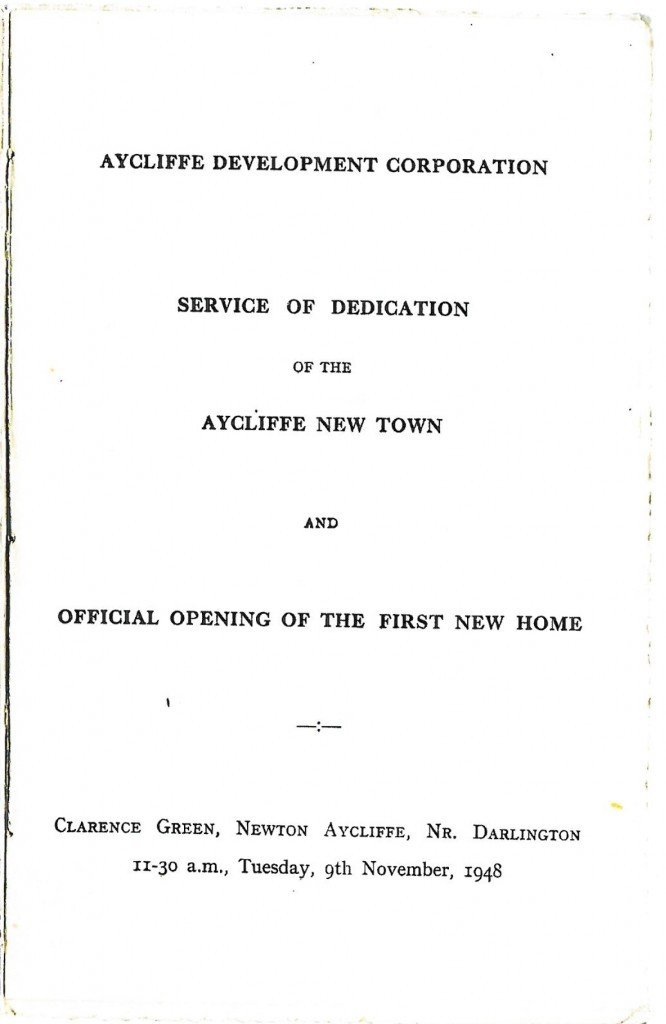During the Second World War – at the same time as it was fighting, literally, a war to the death with Nazi Germany – Britain invented the Welfare State. For many years it was seen as the country’s crowning achievement – a system of state intervention to tackle the ‘five giants’ of want, disease, ignorance, squalor and unemployment which had hitherto oppressed the population.
NEWTON AYCLIFFE THE FLAGSHIP
Newton Aycliffe was chosen as the exemplar of this new welfare state. At an estimated cost of £10 million, it was envisioned as a ‘classless’ new town, where manager and mechanic would live next to each other in council houses. The town was to be ‘a paradise for housewives’ with houses grouped around greens, so children could play safely away from the roads, and with nurseries, schools, a sports stadium, a park, a communal ‘district heating system’, nationalised pubs, and a nationalised railway to give townspeople a link to the seaside.
CAUSES OF THE WELFARE STATE
The concept of a ‘Welfare State’ was developed in Lord Beveridge’s 1942 Report into Social and Allied Services, but its roots ran deeper. For the government, it was a carrot to keep people fighting. Also, the deprivation of many evacuees had shocked their middle-class hosts and had led to a feeling that ‘something must be done’.
But, perhaps most of all, there was the insistence that the men who were fighting and suffering in the war ought to come home to a better world – a world worth fighting for. Most people accepted that, despite promises, this had not happened after the First World War. Now – after a war in which all were deemed to have suffered equally under the Nazi bombs – a Labour government swept to power with the manifesto slogan ‘Let Us Face The Future Together’, and the Welfare State was created by 1948 … along with a number of ‘new towns’, one of which was Newton Aycliffe.
THE FIRST NEWTONIAN
And so it was that, on Tuesday, 9 November 1948, two days before the nation officially remembered its war dead on Armistice Day, Lord Beveridge opened the town’s first house – a pre-fab on the site of what is now 20 Clarence Green. Its tenant was Don Perry, an ex-army captain.
Thus it is poignantly appropriate that, at the same time as we remember those who gave their todays for our tomorrows, we should also remember the birth of Newton Aycliffe, a town created to be the outworking of their aspiration … and count ourselves fortunate to be the heirs of that promise.
Newton Aycliffe 70th Anniversary














